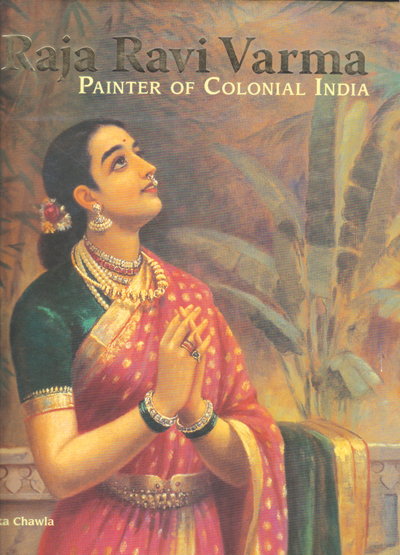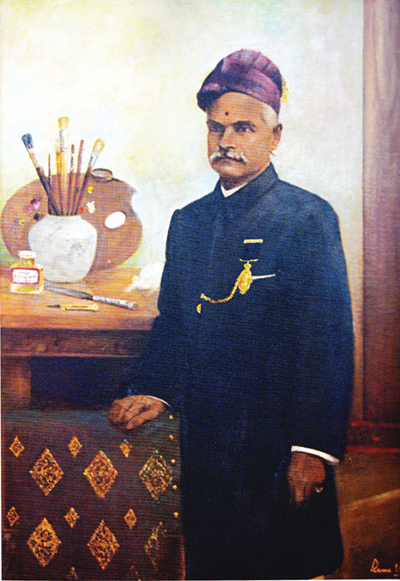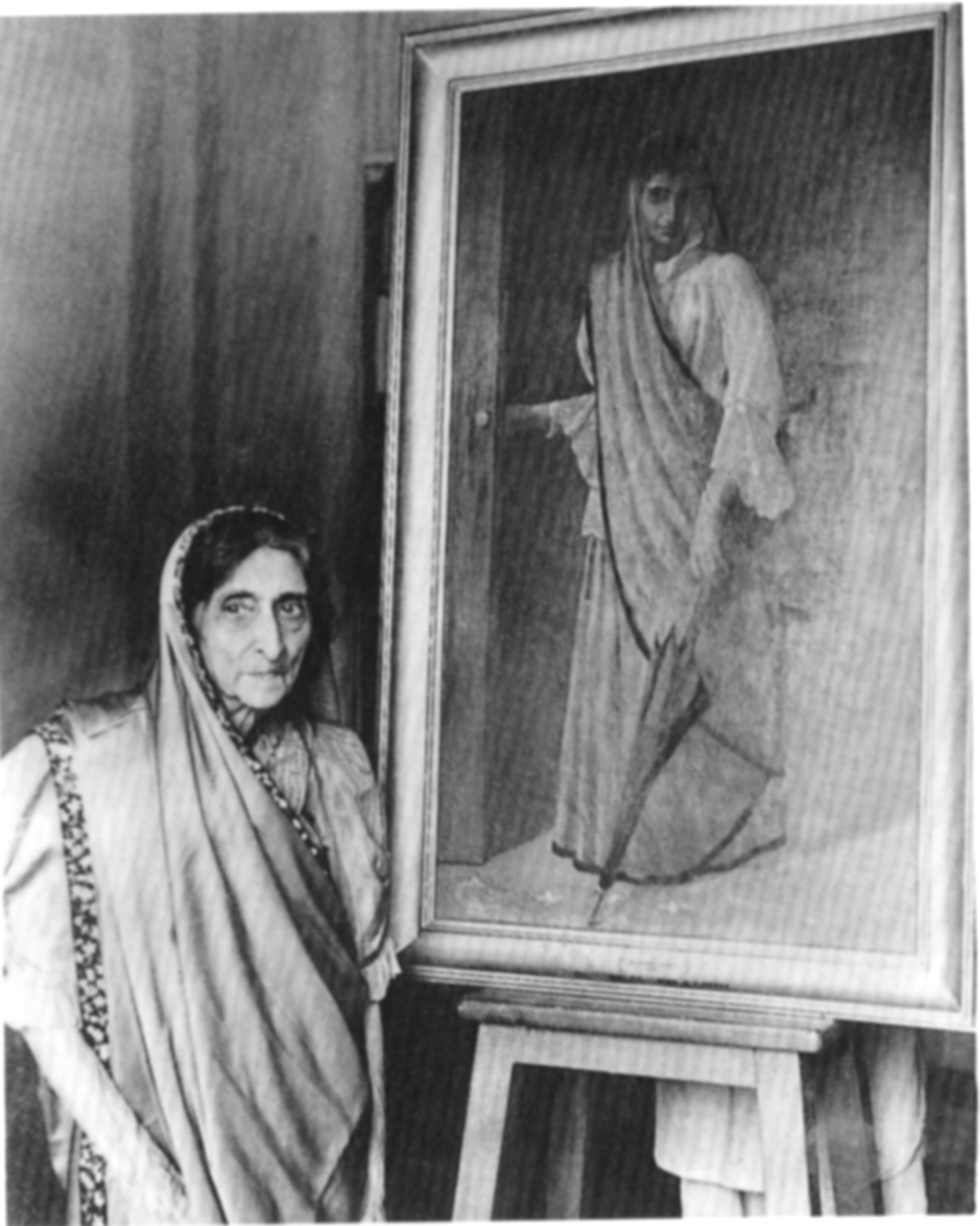 Painter of Colonical India by Rupika Chawla. |
Think Ravi Varma and the chances are that Princely States such as Mysore, Baroda and Travancore will first come to mind. And, then, perhaps, Lonavala where the artist set up a printing press that churned out prints of his works by the hundreds, all of which made it to calendars and from there to our pooja rooms. No matter that Grandmother was lighting a lamp and reverently praying before a benign Mahavishnu who was actually selling Sunlight soap! But what is interesting to note is that Madras as a city, and as capital of the eponymous Presidency, played a significant role in the growth of Ravi Varma’s reputation as an artist. That, at least, is the takeout from a read of Rupika Chawla’s book Raja Ravi Varma, Painter of Colonial India*.
Ravi Varma was born on April 29, 1848 at Killimanoor to Uma Amba Bayi Thampuratty of the royal family and her consort Ezhumavil Neelakantan Bhattatiripad. Of the four children that the couple had, three – Ravi Varma, Raja Varma and Mangala Bayi – would become painters, though Ravi Varma was the one who would really become famous. Raja Varma, who was 12 years younger than Ravi Varma, remained happy in the shadows of his eminent brother, though it was not as though he lacked talent. He accompanied Ravi Varma in his tours across the country, which started in 1878. Besides helping his brother in his work, Raja Varma also maintained a diary between 1895 and 1903 which gives details of Ravi Varma’s daily routine and work style.
.jpg) Duke of Buckingham & Chandos (Collection: Raj Bhavan, Ooty.) |
Ravi Varma became known to the gentry of Madras in 1874 when he entered his Nair Woman at her Toilette for display at the Fine Art Exhibition in the city, then the premier art show in South India. He was awarded a gold medal for the work. Four years later, he was in the city again, to attend the next Fine Art Exhibition where his Shakuntala Patralekhan (Shakuntala writing a letter) won a gold medal. The painting was also acquired by the Duke of Buckingham and Chandos, who was then Governor of the Presidency. Buckingham was evidently very impressed with Ravi Varma’s work, for, two years later, he sat for a portrait of himself by the artist. He was to be amazed by the speed with which Ravi Varma worked and noted, “Though he had given no less than 18 sittings to an eminent continental artist, he had not produced half so faithful a likeness as the Indian artist had done.” This portrait of the Duke now hangs in the Raj Bhawan, Ooty.
The same year, Buckingham arrived in Travancore on a state visit. The ceremonial welcome given to him as he alighted from his barge was recorded by Ravi Varma in a painting. But the close friendship between the Duke and the painter was not to the liking of Vishakham Tirunal, the new ruler. This displeasure, coupled with several invitations from other parts of the country, saw Ravi Varma and his faithful younger brother remaining away from Travancore for several years.
 Rama Varma's portrait of Ravi Varma, oil on canvas, 1952. (Collection: Government Museum, Chennai.) |
During these itinerant years, the brothers kept sending their works for display at the exhibitions organised by the Madras Fine Arts Society. The Society, which was set up in 1893, was based at Jarrets Gardens in Egmore and had as its Honorary Secretary and moving spirit Edgar Thurston, who would later become the Keeper of the Government Museum, Madras. Thurston developed a great liking for the works of the Varma brothers and it is largely thanks to him that the city’s museums still have a few Ravi Varmas with them.
No matter where they travelled, the brothers subscribed to several Madras newspapers, such as the Morning Standard, the Madras Mail and the Madras Times. For instance, once Raja Varma noted in his diary while sitting in a camp near Lonavala, “From the Morning Standard of the 27th ultimo I learn that my painting of the Water Bearer won the prize of 50 rupees for the best figure painting in the Madras Fine Arts Exhibition.” The painting was evidently gifted by him to the Madras Fine Arts Society, for a few days later he also recorded a letter of thanks received from Thurston for the gift.
 Aloo Khareghat Patel, standing by her portrait on the day it was gifted to the Government Museum, Madras, in the early 1950s. (Collection: R.K. Dastur.) |
A painting that was not executed in Madras but which now hangs at the Government Museum in the city is Going Out, done in 1899. In Bombay, the Varma brothers became very close to the Khareghats, a Parsi family. Aloo Khareghat was the young daughter of the house and, as Raja Varma noted, was “a very intelligent lady having a thorough English education”. Ravi Varma enjoyed her conversation immensely and, by way of his appreciation, painted Going Out, with her as the subject. When Aloo’s father died, she moved to Madras where her brother Meherwan Khareghat worked for the PWD. She later married Rustom Patel of Ooty and had two daughters, the younger of whom was Mary Clubwala Jadhav. In the early 1950s, Mary and her mother donated Going Out to the Government Museum.
(To be concluded)
|